Scientists Say Shock Collar-Like Device Can Treat PTSD
Using a device that functions kind of like a shock collar, researchers say they have found a fascinating, if not grisly, way to treat post-traumatic stress disorder (PTSD). Neuroscientists at the University of Texas at Dallas and Baylor have, per an announcement from UT Dallas, developed a tiny chip that, when fitted inside a soft collar and placed just over the vagus nerve — a brain stem cluster that controls bodily functions like heart rate, digestion, immunity, and mood — elicits mild electric impulses that can help ease PTSD symptoms. The underlying concept behind vagus nerve stimulation, or VNS, is […]


Using a device that vaguely functions like a shock collar, researchers say they have found a promising way to treat post-traumatic stress disorder (PTSD).
Neuroscientists at the University of Texas at Dallas and Baylor have developed a tiny chip that, when fitted inside a soft collar and placed just over the vagus nerve — a brain stem cluster that controls bodily functions like heart rate, digestion, immunity, and mood — elicits mild electric impulses that can help ease PTSD symptoms.
The underlying concept behind vagus nerve stimulation, or VNS, is intriguing. Scientists believe that stimulating the nerve can help one's brain adapt and change on a neurological level. For years now, VNS has been used to treat everything from epilepsy and depression to sleep deprivation and tinnitus. Today, there are even handheld VNS devices on the market that allow people to mildly zap their brains at home.
This new experimental treatment, however, diverges from prior VNS applications because it not only involves hyper-targeted nerve stimulation, but also works in tandem with a traditional talk therapy method known as "prolonged exposure therapy" or PET, in which PTSD survivors confront their traumatic memories in hopes of getting past them.
In phase 1 trials, the Texan neurological researchers had nine patients complete a total of 12 sessions involving both vagus nerve stimulation and prolonged exposure therapy. After those sessions concluded, the patients went to four check-ins over a period of six months — and remarkably, all of their PTSD symptoms were gone by the end.
In the school's press release, UT Dallas neuroscience professor and study leader Michael Kilgard said the results were "very promising" — despite a very small sample size.
"In a trial like this, some subjects usually do get better, but rarely do they lose their PTSD diagnosis," Kilgard, who also co-authored a recent paper on the trial for the journal Brain Stimulation, said. "Typically, the majority will have this diagnosis for the rest of their lives. In this case, we had 100 percent loss of diagnosis."
This advance in PTSD treatment could, according to Baylor clinical psychologist and paper coauthor Mark Powers, completely change the game. A veteran VNS researcher, Powers has seen the technology "dramatically" change his work on psychological trauma — and this latest study drives home how revolutionary it can be.
"Our gold-standard treatments for PTSD have about an 85 percent response rate, with 40 percent no longer having their diagnosis, and a 20 percent dropout rate," the psychologist said. "Soon we could have the option of VNS for people who don’t get better with cognitive behavioral therapy alone."
More on brains: Scientists Scanned the Brains of Authoritarians and Found Something Weird
The post Scientists Say Shock Collar-Like Device Can Treat PTSD appeared first on Futurism.










































































































































































![[The AI Show Episode 146]: Rise of “AI-First” Companies, AI Job Disruption, GPT-4o Update Gets Rolled Back, How Big Consulting Firms Use AI, and Meta AI App](https://www.marketingaiinstitute.com/hubfs/ep%20146%20cover.png)




























































































































![[FREE EBOOKS] Offensive Security Using Python, Learn Computer Forensics — 2nd edition & Four More Best Selling Titles](https://www.javacodegeeks.com/wp-content/uploads/2012/12/jcg-logo.jpg)



![Ditching a Microsoft Job to Enter Startup Purgatory with Lonewolf Engineer Sam Crombie [Podcast #171]](https://cdn.hashnode.com/res/hashnode/image/upload/v1746753508177/0cd57f66-fdb0-4972-b285-1443a7db39fc.png?#)






















































































































































































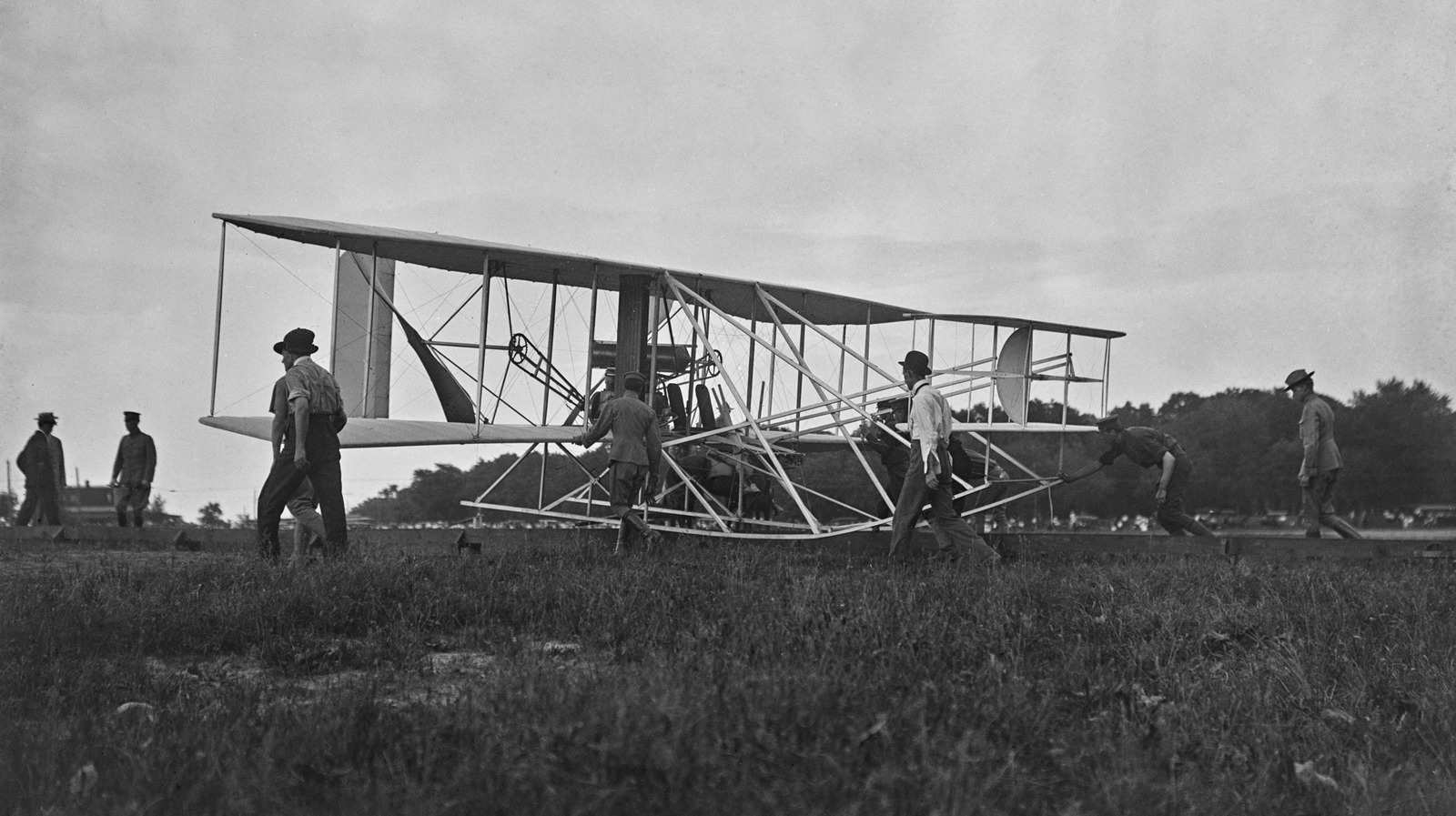


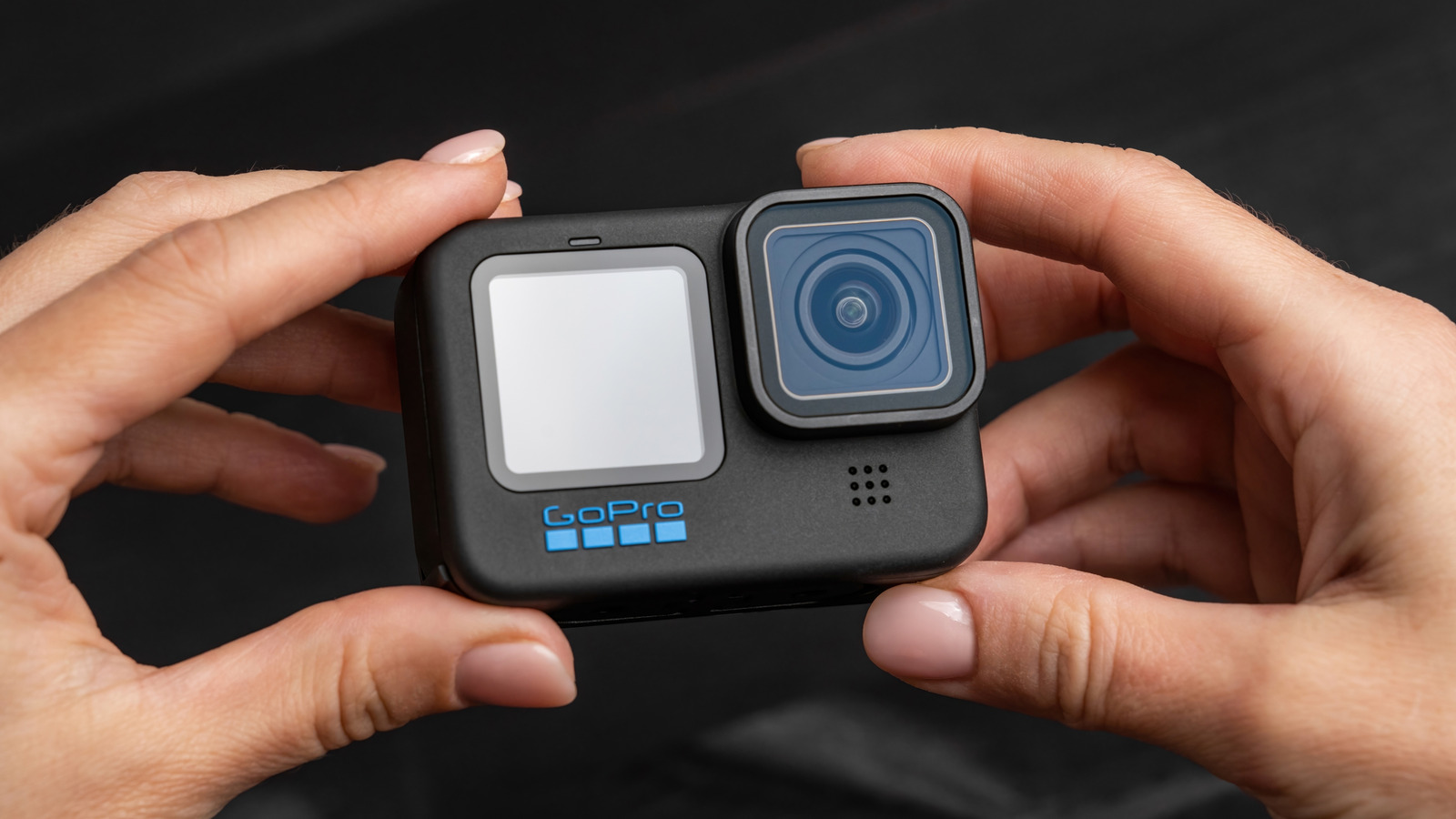







































-xl.jpg)





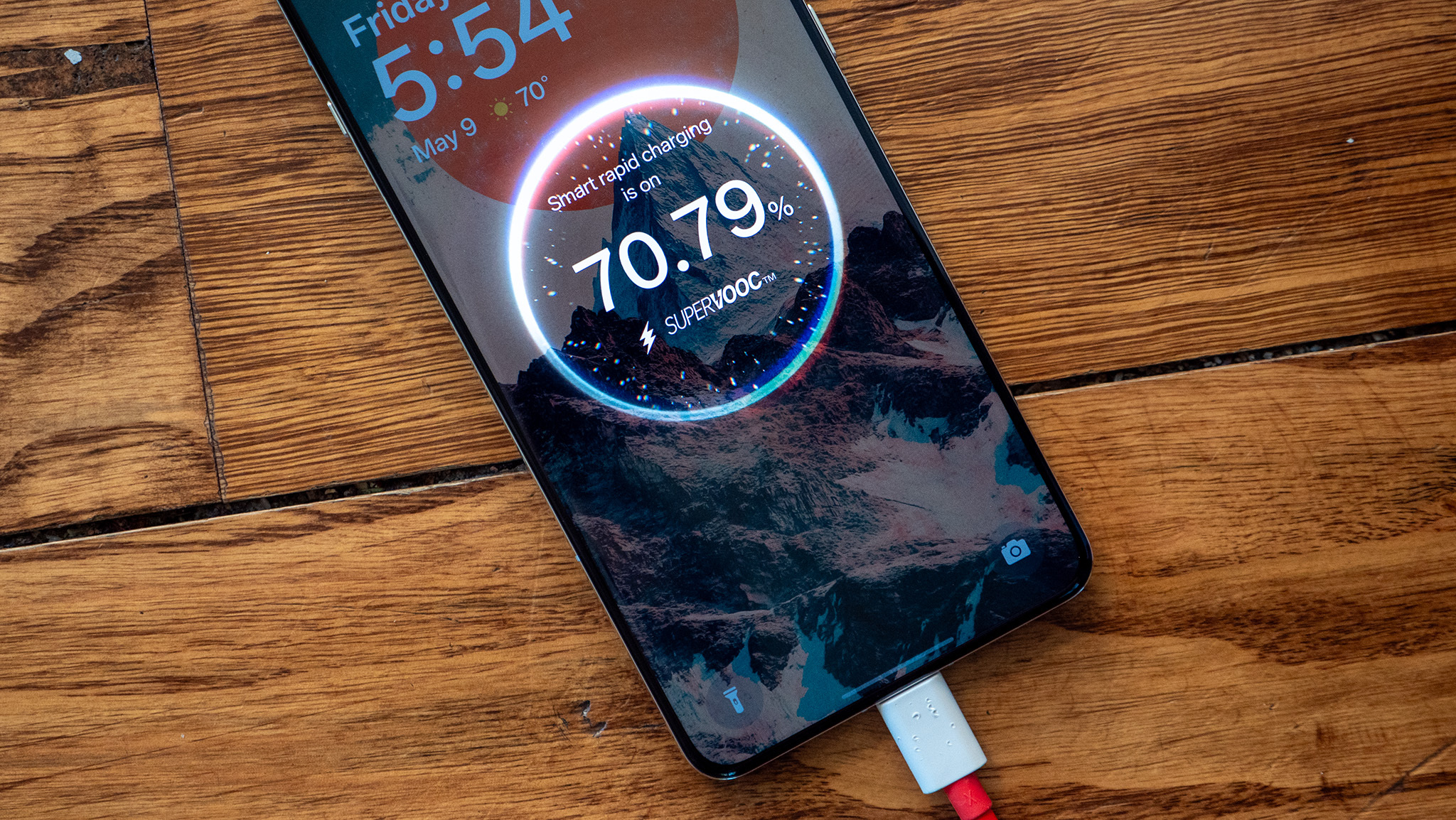






















![Beats Studio Buds + On Sale for $99.95 [Lowest Price Ever]](https://www.iclarified.com/images/news/96983/96983/96983-640.jpg)

![New iPad 11 (A16) On Sale for Just $277.78! [Lowest Price Ever]](https://www.iclarified.com/images/news/97273/97273/97273-640.jpg)

















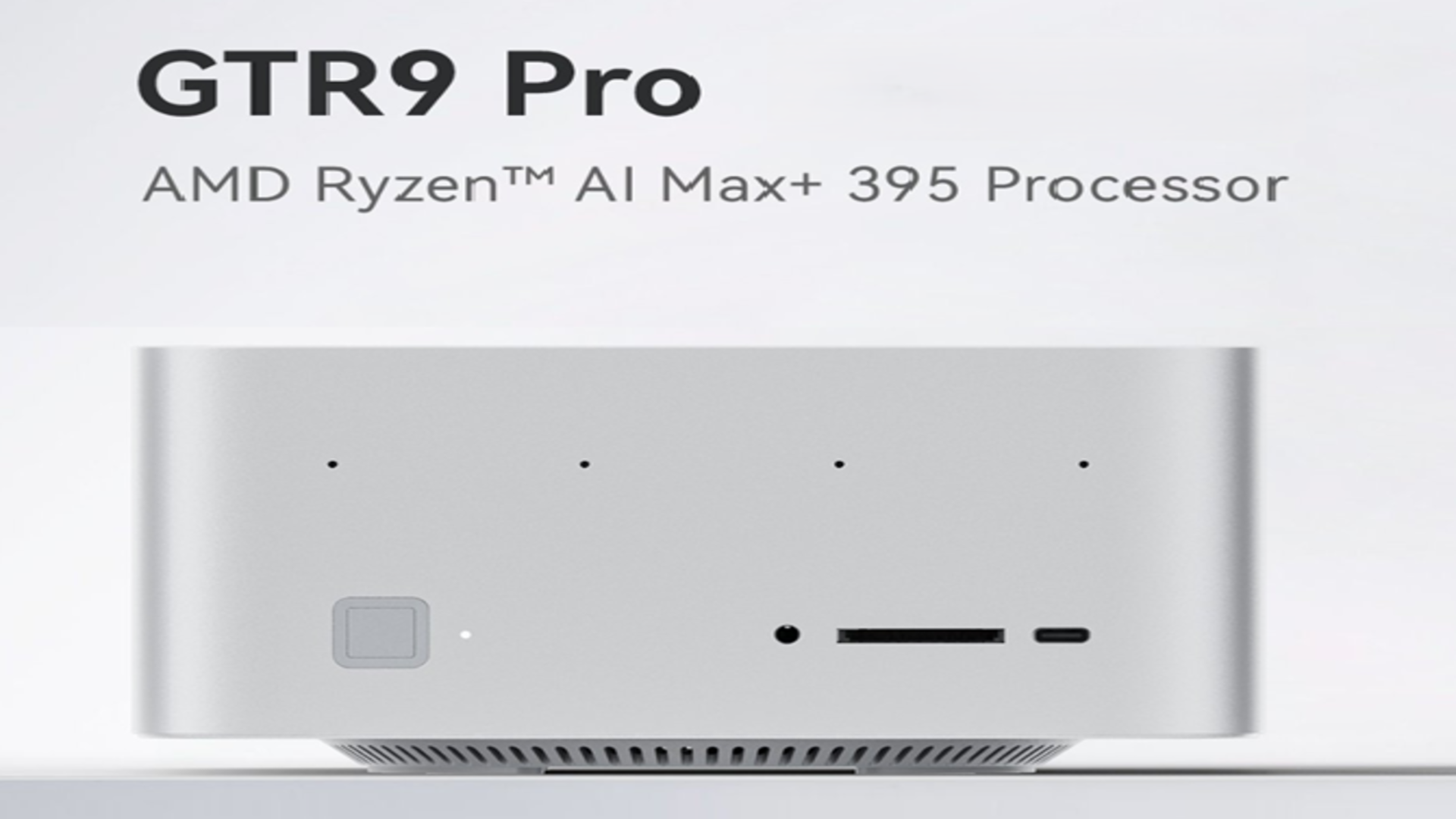
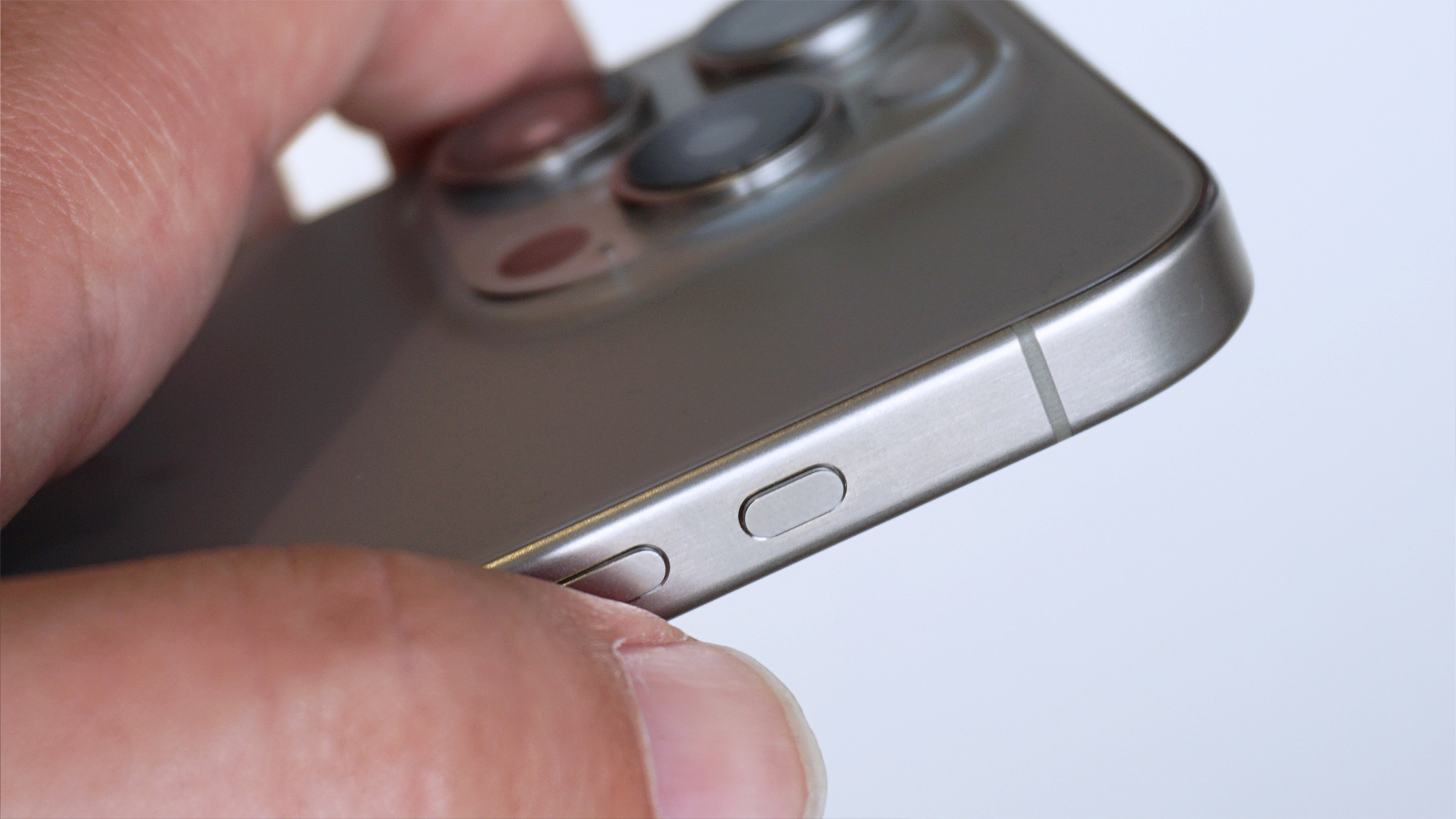



















![Apple's 11th Gen iPad Drops to New Low Price of $277.78 on Amazon [Updated]](https://images.macrumors.com/t/yQCVe42SNCzUyF04yj1XYLHG5FM=/2500x/article-new/2025/03/11th-gen-ipad-orange.jpeg)



![[Exclusive] Infinix GT DynaVue: a Prototype that could change everything!](https://www.gizchina.com/wp-content/uploads/images/2025/05/Screen-Shot-2025-05-10-at-16.07.40-PM-copy.png)



![T-Mobile discontinues a free number feature but a paid alternative exists [UPDATED]](https://m-cdn.phonearena.com/images/article/170235-two/T-Mobile-discontinues-a-free-number-feature-but-a-paid-alternative-exists-UPDATED.jpg?#)




















































